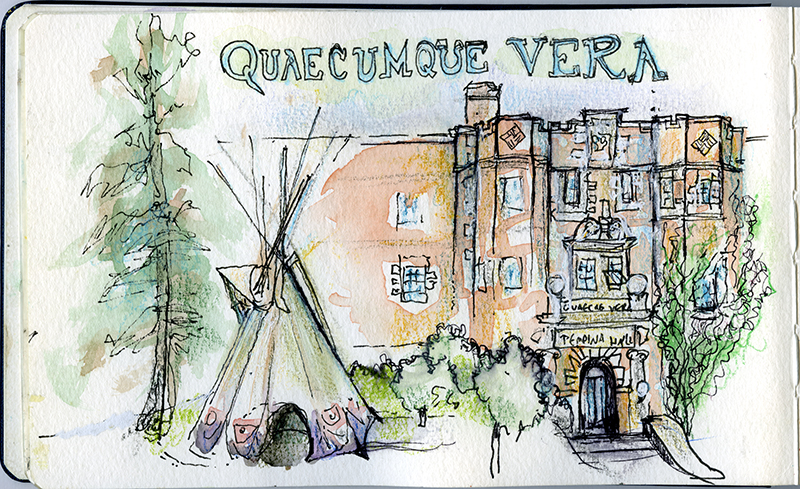
Faculty of Native Studies - Pembina Hall, University of Alberta
Sketch by Karen Wall, 2011
The history of Papaschase is the history of Edmonton. Although the built heritage that we have sketched for this exhibit came to be within the last century, it is vital to remember that the history of the land on which these buildings sit reaches back much further.
The following history has been condensed from the Papaschase First Nation website.
Chief Papaschase, his six brothers and their families moved to the Edmonton area in the late 1850s from the Lesser Slave Lake area. By 1879, the buffalo had become virtually extinct and the Indigenous peoples in the Edmonton area were starving. The Federal Government did not provide necessary relief to the Papaschase or other bands as promised under the terms of Treaty 6.
On August 21, 1877 at Fort Edmonton, Chief Papaschase and his brother Tahkoots, a Headman, signed an adhesion to Treaty 6 on behalf of the Papaschase Band. That same year, surveyors for the Department of Indian Affairs laid out reserves for the Edmonton bands. However, the Papaschase Reserve No. 136 was not established until 1880, within the present boundaries of the City of Edmonton.
Chief Papaschase argued that its size would be inadequate to support 249 band members, and a dispute arose between him and Inspector T.P. Wadsworth of Indian Affairs. Wadsworth then maliciously transferred 84 members of the Papaschase Band to a new treaty pay list he created for the “Edmonton Stragglers” who were excluded from an even smaller reserve. Wadsworth paid annuities to only 188 of the members of Papaschase.
As federal Minister of the Interior, Frank Oliver, through his newspaper the Edmonton Bulletin, advocated for settlers who objected to the reserve’s location near Edmonton. Petitions were sent to Prime Minister John A. Macdonald to obtain a surrender of IR 136 for sale to non-Indigenous people.
In 1885, the Half Breed Scrip Commission extended scrip to include treaty status Indigenous people in the Edmonton area. All recipients of scrip lost treaty status, interest in reserve land, and rights to treaty annuities. In 1886, the Papaschase Band took scrip, motivated by starvation, poverty and the government’s failure to honour the terms of Treaty 6, and in the honest belief they could occupy IR 136. A total of 102 members of the Papaschase Band received scrip and the band was reduced to 82 members.
In 1887, Assistant Commissioner Reed moved the remainder of the Papaschase Band to the Enoch Reserve, and some went to other bands in areas such as Elinor Lake, Lac La Biche, Beaver Lake and Kikino. The Papaschase band denied relinquishing their rights and informed Reed they did not understand the meaning of the language contained in the declarations.
In 1888 a surrender of land within IR 136 came from only three male members of the Papaschase Band living on the Enoch Reserve. The descendants of the Papaschase Band plead today that the purported surrender is invalid. As a result of the Government of Canada’s actions, the Papaschase Descendants have suffered significant damages to their culture, language, and collective identity, including the loss of Indian status, band membership and their land.
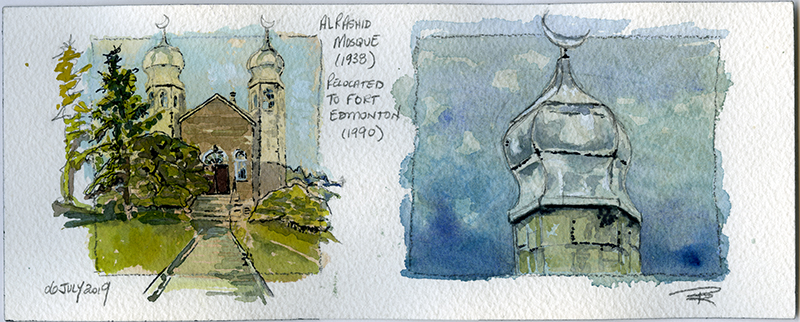


 Al Rashid Mosque
Al Rashid Mosque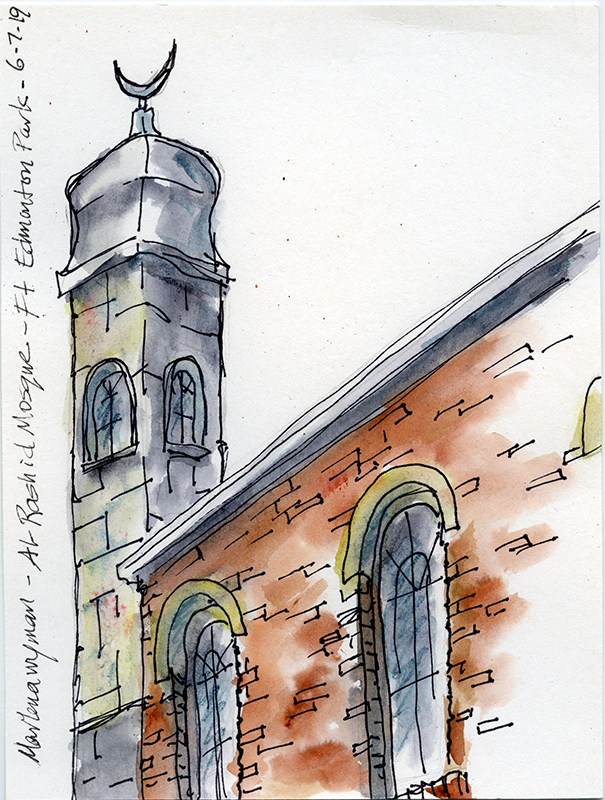
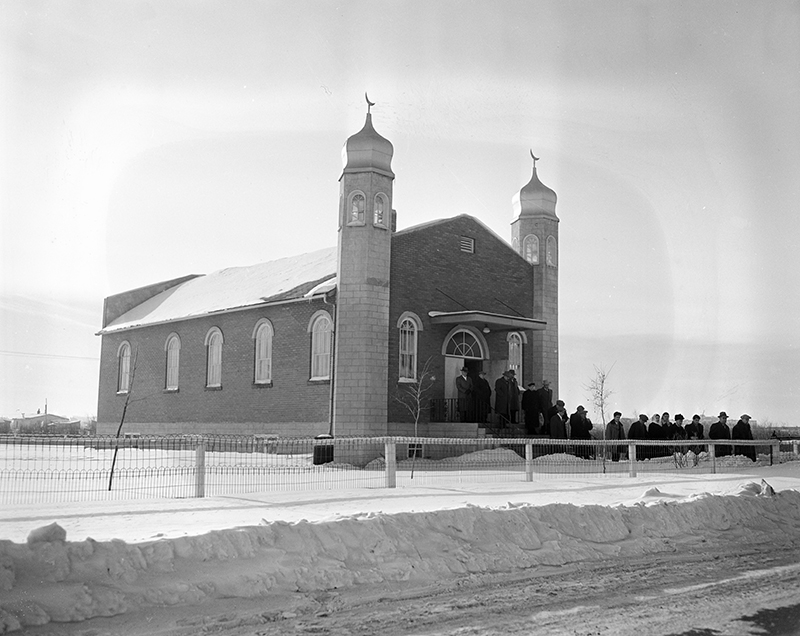
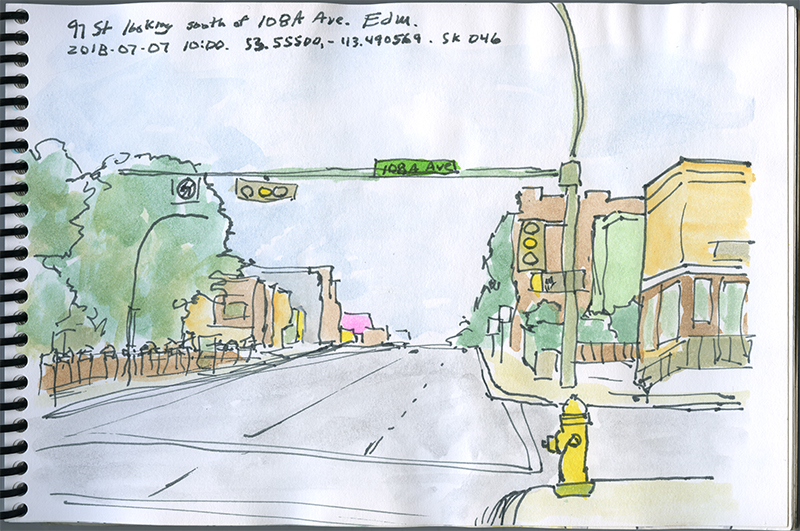
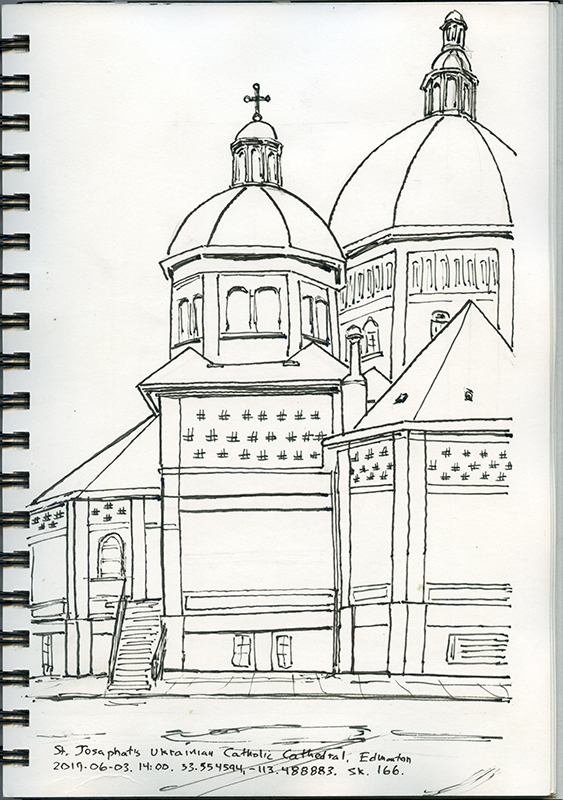 St. Josaphat Ukrainian Catholic Cathedral
St. Josaphat Ukrainian Catholic Cathedral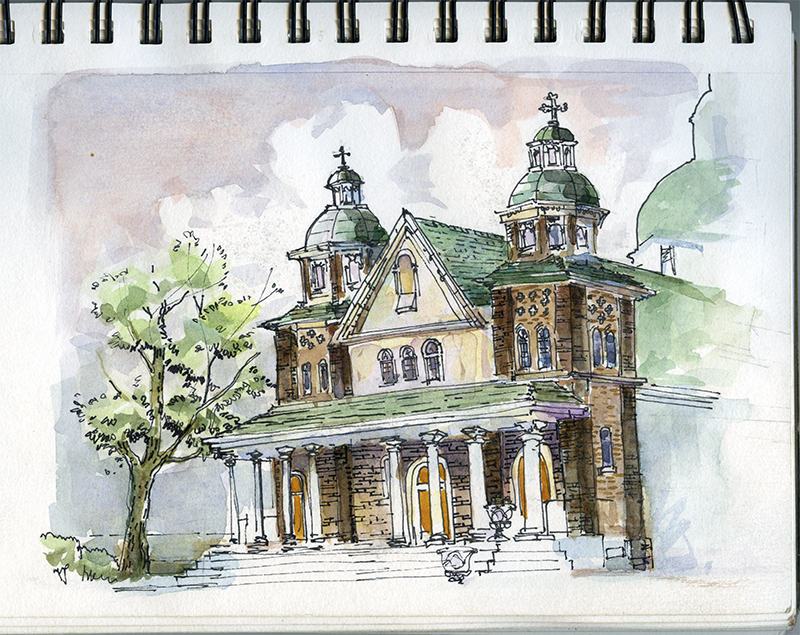
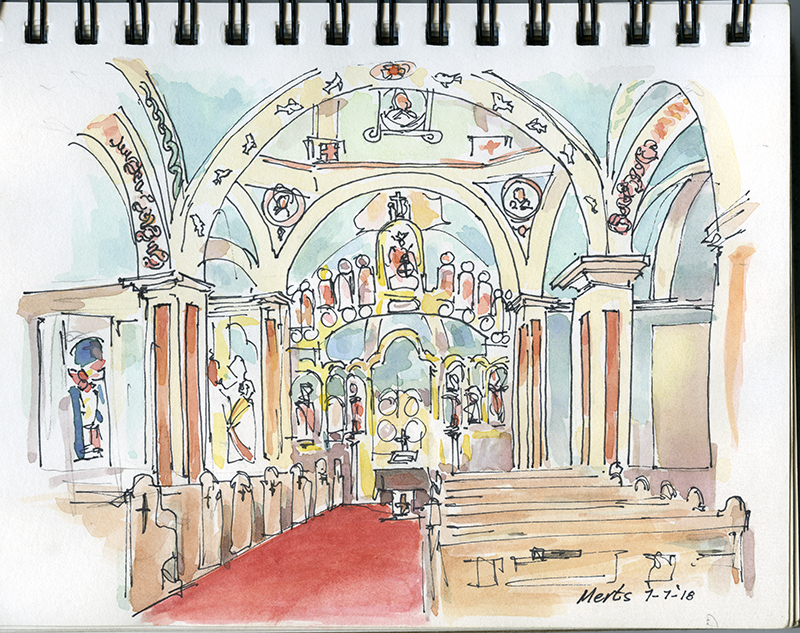
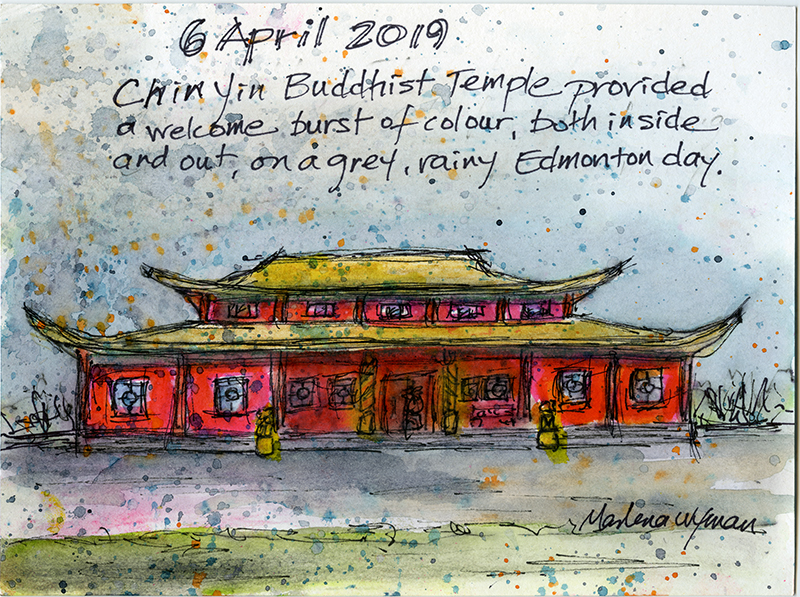
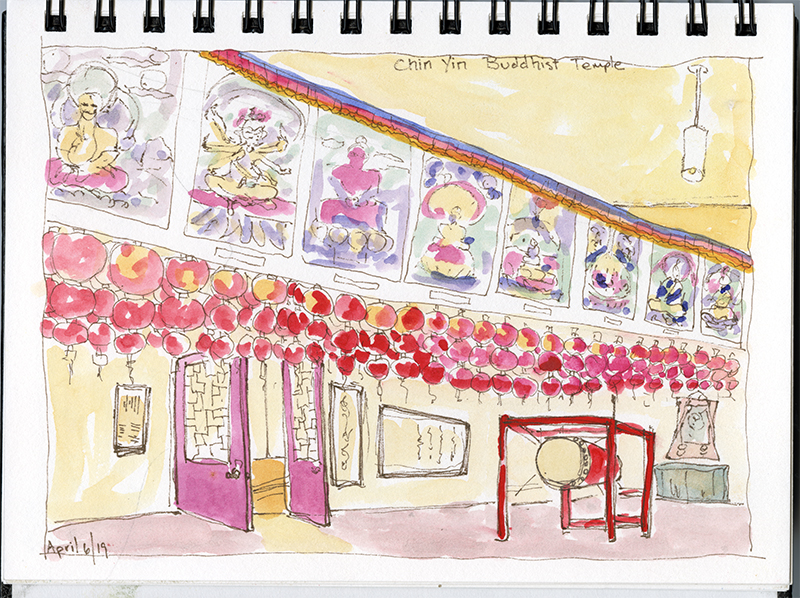

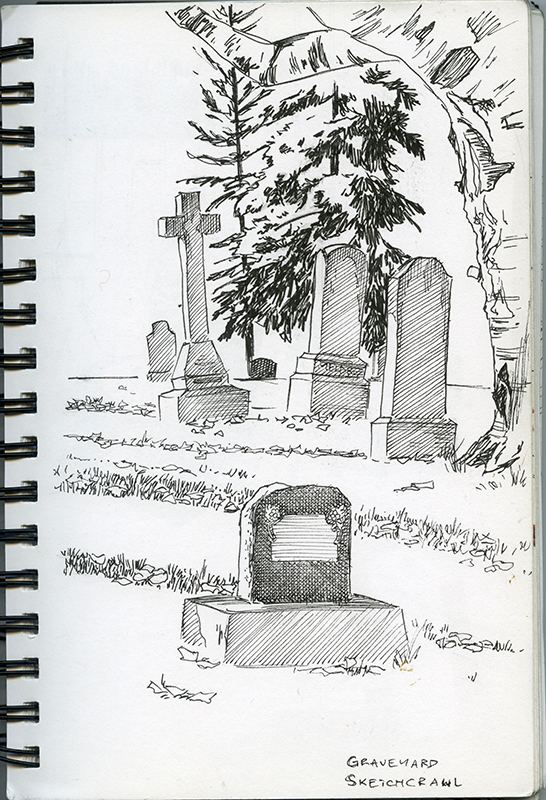 Graveyard Sketchcrawl
Graveyard Sketchcrawl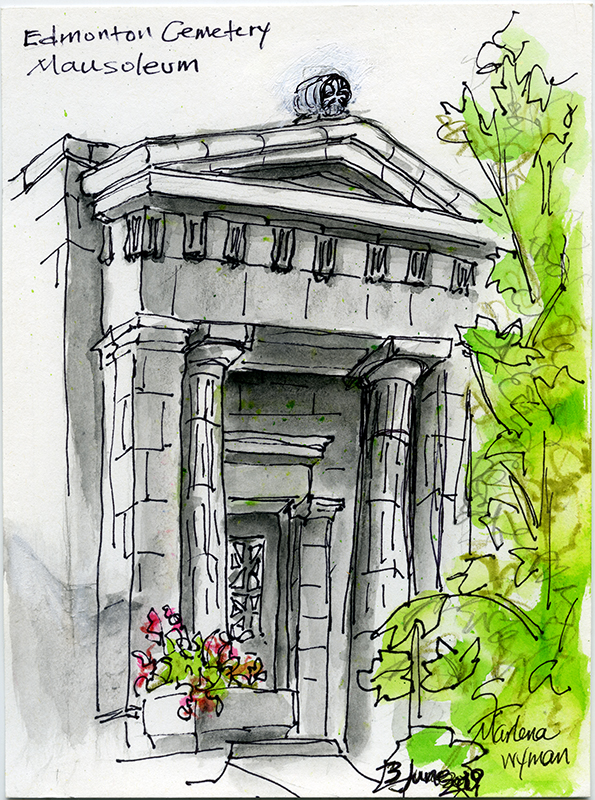 Edmonton Cemetery Mausoleum
Edmonton Cemetery Mausoleum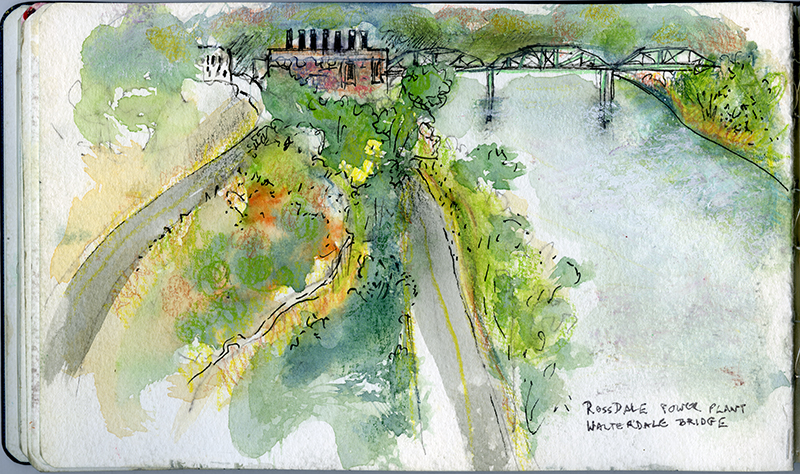
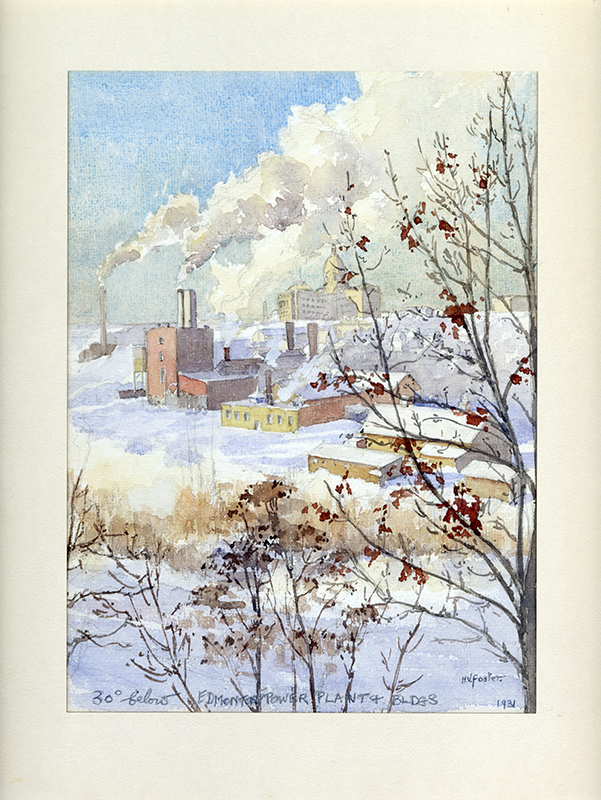 Edmonton Power Plant and Buildings (no date)
Edmonton Power Plant and Buildings (no date)
